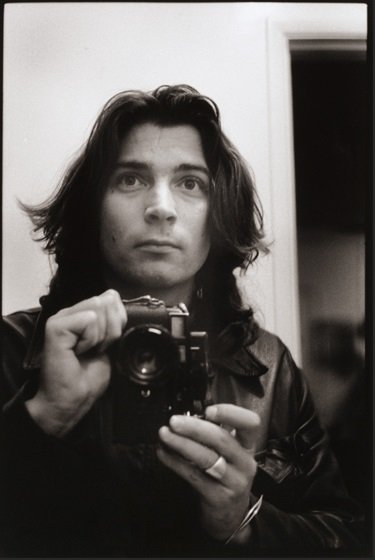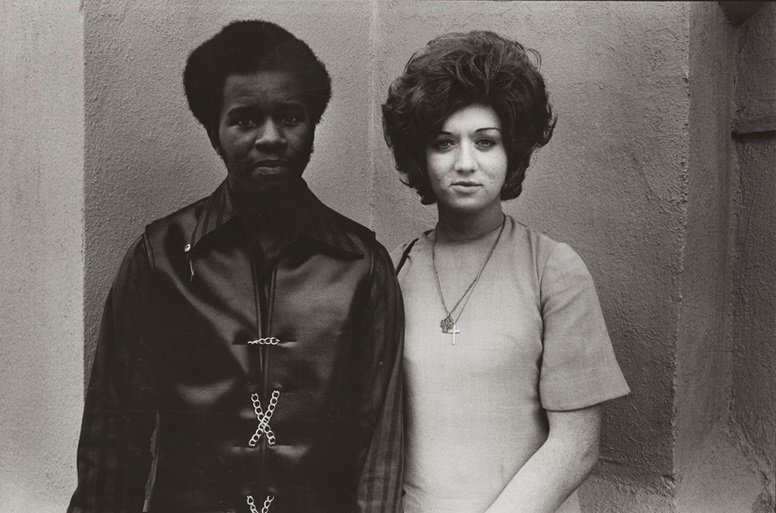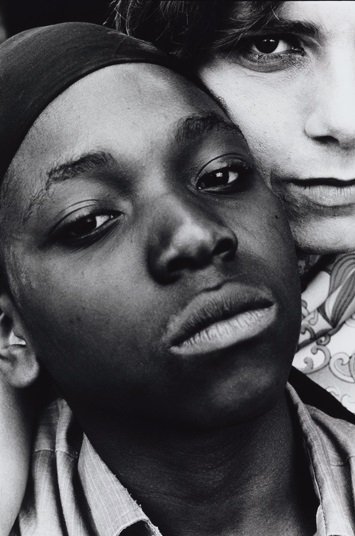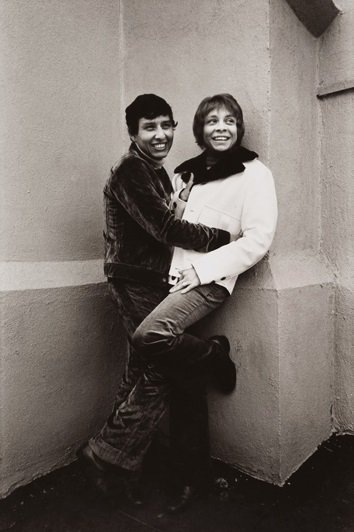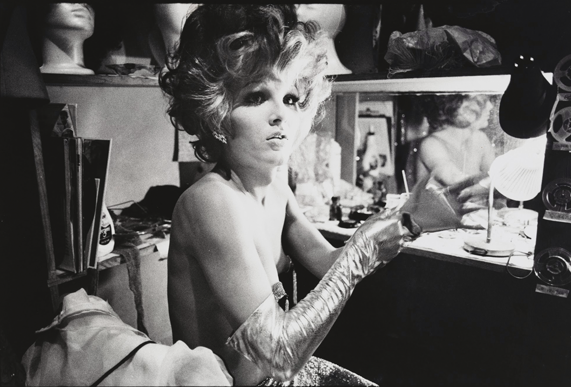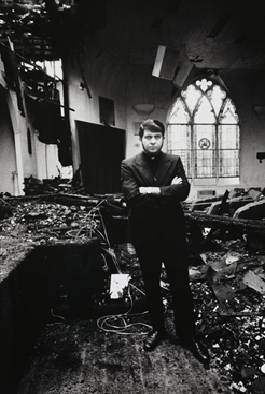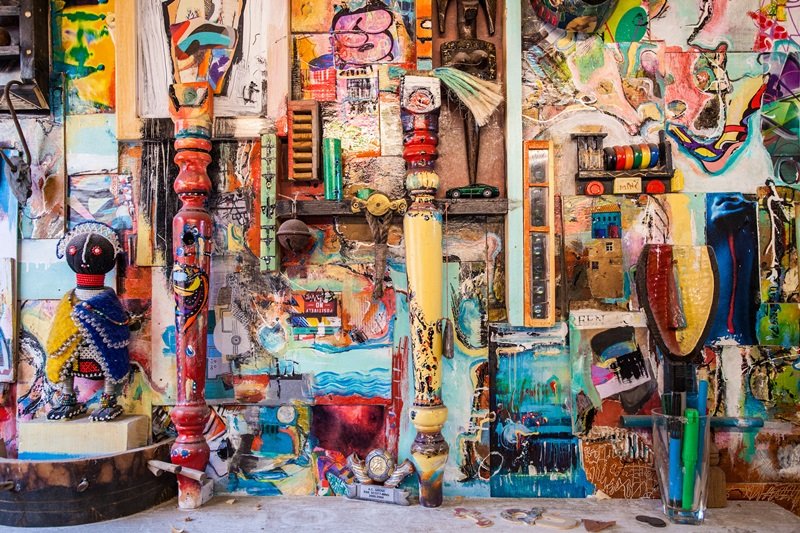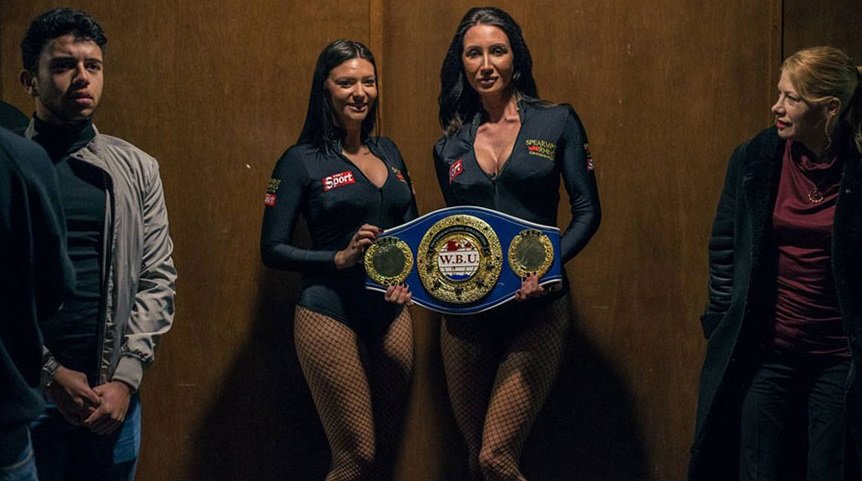USA –
The Fine Arts Museums of San Francisco are pleased to present Anthony Friedkin: The Gay Essay, a photographic series of more than 75 vintage prints that chronicles the gay communities of Los Angeles and San Francisco from 1969 to 1973. Coinciding with San Francisco’s annual Pride events and the 45th anniversary of the Stonewall riots in New York City, this exhibition will be on view at the de Young from June 14, 2014 through January 11, 2015.
For more than 40 years, American photographer Anthony Friedkin (b.1949) has documented people, cities and landscapes primarily in his home state of California. The Gay Essay, created during the culturally tumultuous years of the late 1960s and early 1970s—a turning point in the history of political activism in the gay community in the United States—offers an expressive visual chronology of a vital moment of historic change in our culture. “We are proud to present The Gay Essay in its full depth and range for the first time. It accords with our goal of bringing to light important, and sometimes neglected or overlooked, bodies of work that enrich the history and study of photography, a medium that is central to art and society today,” said Colin B. Bailey, director of the Fine Arts Museums of San Francisco. “We are delighted that 94 vintage prints from The Gay Essay are now part of our permanent collection, thanks to the generosity of donors Dan and Mary Solomon and Nancy Ascher and John Roberts.”
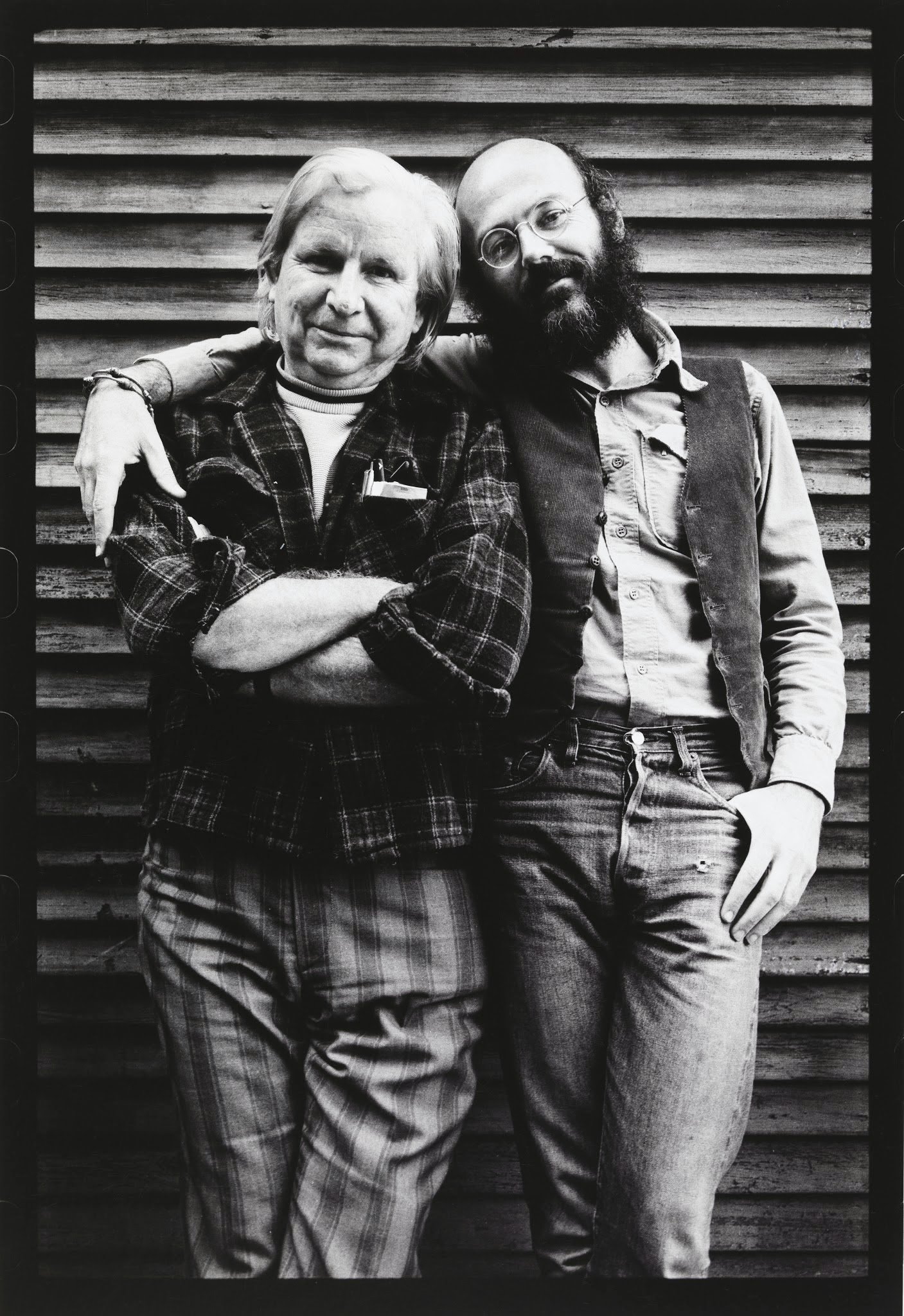 Don Kilhefner and Morris Kight at the Gay Community Services Center, Los Angeles, 1972 © Anthony Friedkin
Don Kilhefner and Morris Kight at the Gay Community Services Center, Los Angeles, 1972 © Anthony Friedkin
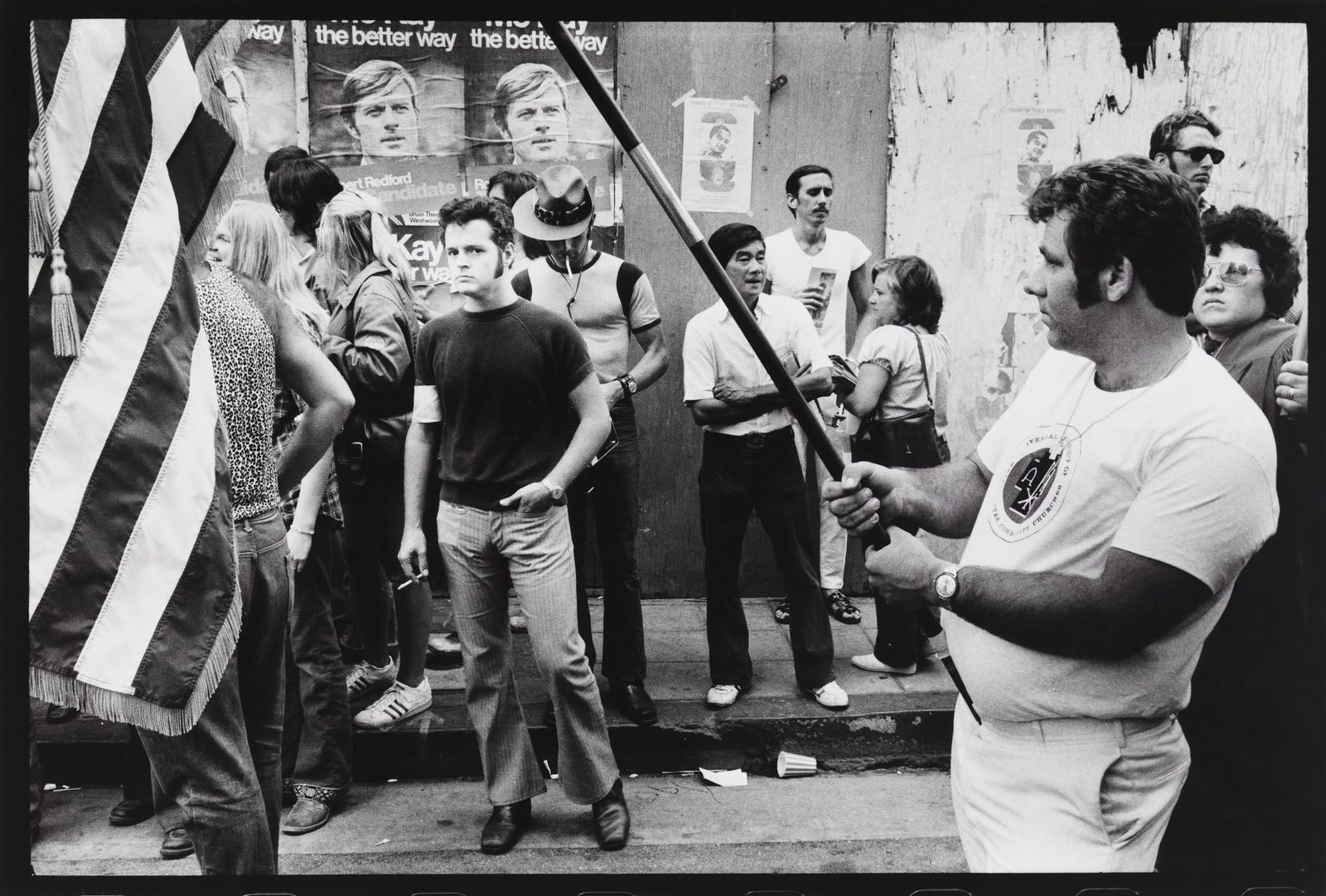 Gay Liberation Parade, Hollywood, 1972 © Anthony Friedkin
Gay Liberation Parade, Hollywood, 1972 © Anthony Friedkin
“More than four decades after this work was created, The Gay Essay stands as both a record of historic change in our culture and an eloquent testimony to Anthony Friedkin’s passion for the art of photography,” said Julian Cox, curator of the exhibition and chief administrative curator and founding curator of photography at the Fine Arts Museums of San Francisco. “We are left with a beautiful, sensitive record fit for the ages.” While selections from The Gay Essay have been on public display in museums and galleries in the past, the entire scope of the series will be shown for the first time at the de Young. Accompanying the original full-frame black-and-white prints will be contact prints, documents and other materials from the photographer’s archive and loans from the San Francisco Public Library and the San Francisco Gay, Lesbian, Bisexual, and Transgender Historical Society that provide valuable historical context and insight into the conception and execution of the work. The exhibition opened on June 14th. 2014 and continues till 11th January, 2015.



